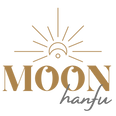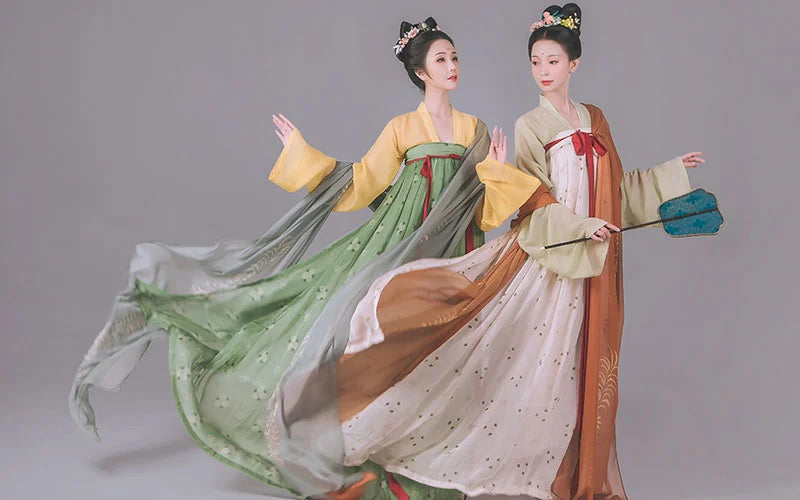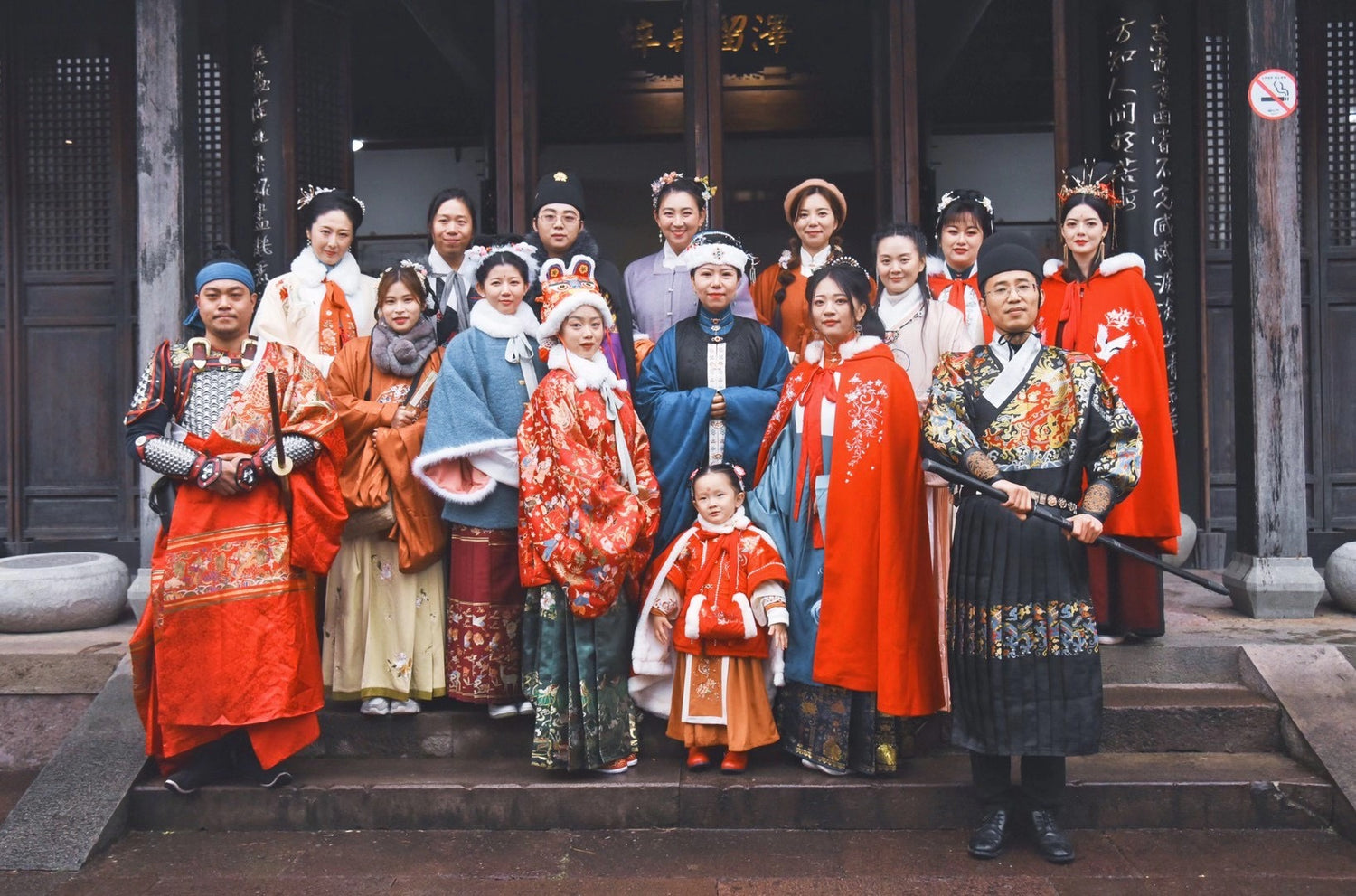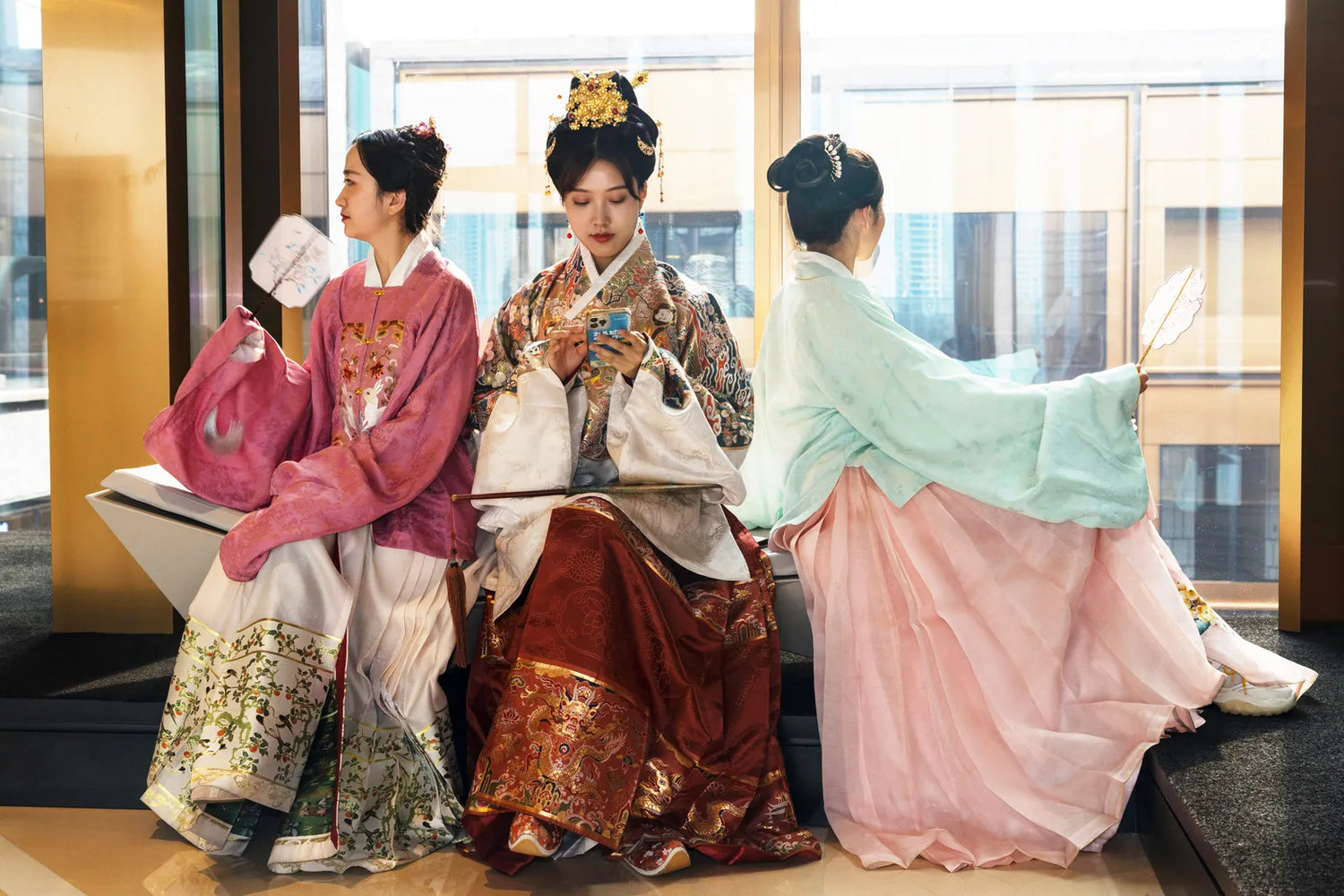Welcome to Moonhanfu.com, your gateway to the enchanting world of Hanfu. In this blog post, we invite you to embark on a journey of discovery as we unveil the elegance, history, and cultural significance of traditional Chinese attire. Whether you're a seasoned Hanfu enthusiast or a newcomer, there's always something fascinating to learn about this timeless fashion.
The Rich Tapestry of Hanfu History
Ancient Roots: The story of Hanfu begins in the ancient dynasties of China, where garments evolved in tandem with the rich tapestry of Chinese history. From the simplicity of early designs to the intricate styles of later dynasties, Hanfu is a living testament to the cultural, social, and aesthetic preferences of each era.
Symbolism and Design: Every fold, stitch, and embellishment on a Hanfu garment carries profound symbolism. Explore the hidden meanings behind the designs, colors, and accessories, gaining insight into how these elements reflect the wearer's status, age, and the season. Hanfu isn't just clothing; it's a wearable canvas of storytelling.
Revival and Modern Influence: In recent years, there has been a remarkable resurgence of interest in Hanfu, both in China and around the world. Modern fashion runways showcase the fusion of traditional and contemporary styles, and Moonhanfu.com stands at the forefront of this revival. We are proud to contribute to the global appreciation of Hanfu by making it accessible to a diverse audience.
Hanfu 101: A Closer Look at Traditional Chinese Attire

Styles and Types: Hanfu encompasses a wide array of styles and types, each with its unique charm. For instance, the flowing sleeves of the Ming dynasty exude a sense of grace, while the structured elegance of Tang dynasty attire makes it perfect for formal occasions. Understanding these distinctions will help you choose the right Hanfu for various events. Here are a few practical tips:
- Formal Wear: Opt for intricate embroidery and rich fabrics. Ming and Song dynasty styles often feature elaborate details suitable for formal gatherings.
- Casual Attire: Embrace simplicity with Hanfu styles inspired by the Han dynasty. Lighter fabrics and minimalistic designs are perfect for everyday wear.
- Ceremonial Robes: For special ceremonies or events, consider Qing dynasty robes with their opulent designs and vibrant colors.
Fabrics and Colors: Hanfu fabrics and colors hold deep cultural symbolism. Silk, known for its luxurious feel, represents elegance, while brocade signifies prosperity. Colors convey virtues, seasons, and the essence of Chinese culture. Here's a glimpse into the symbolism:
- Red: Symbolizes joy, luck, and celebration. It's often worn during weddings and festive occasions.
- Blue: Represents wisdom and serenity, commonly seen in academic robes.
- Yellow: Signifies royalty and power, historically reserved for the emperor.
Accessories and Hairstyles: Achieving the right hairstyle is crucial to completing your Hanfu look. Consider these practical tips:
- Hanfu Hairstyles: Traditional Chinese hairstyles often involve intricate braids, buns, and the use of hairpins. Incorporate these elements to capture the essence of traditional Chinese beauty.
- Hair Ornaments: Complement your hairstyle with traditional hair ornaments such as jade hairpins or floral accessories. These add an authentic touch to your overall aesthetic.
By understanding these distinctions, uncovering symbolism, and implementing practical tips, you'll be well-equipped to embrace the beauty and cultural significance of Hanfu fashion. Stay tuned for more insights into the world of Moonhanfu, where tradition meets modernity, and East meets West.





